Gallery: A look back at snowy races
Milan-San Remo not the first race to be hit by bad weather
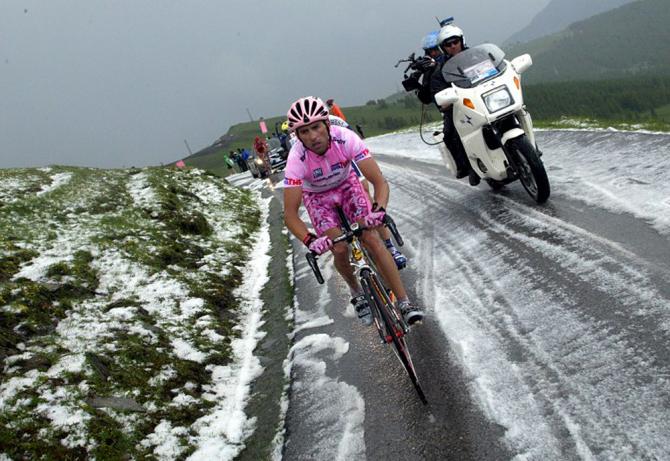
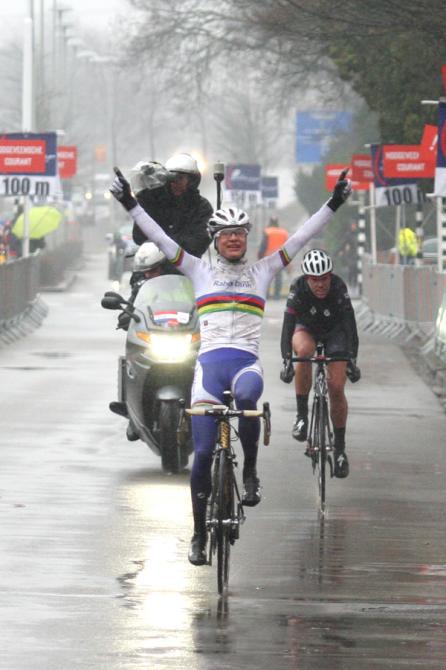
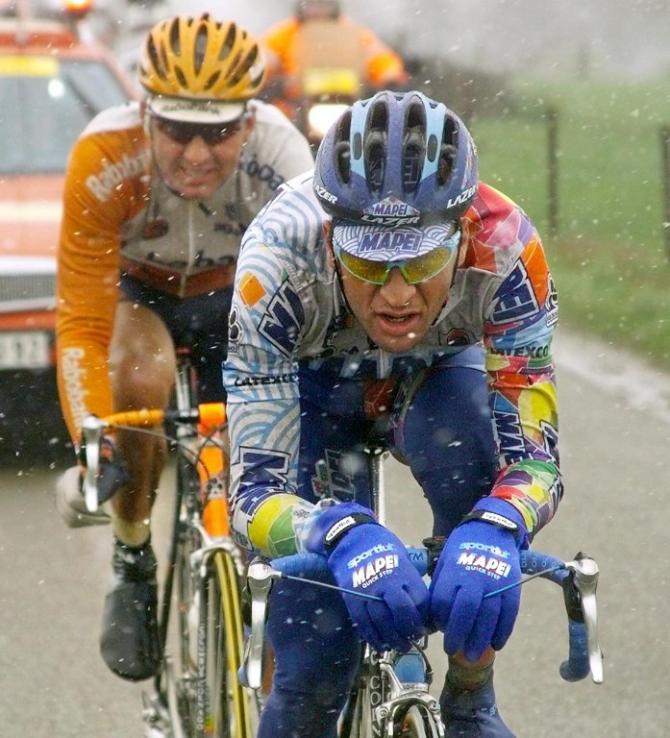
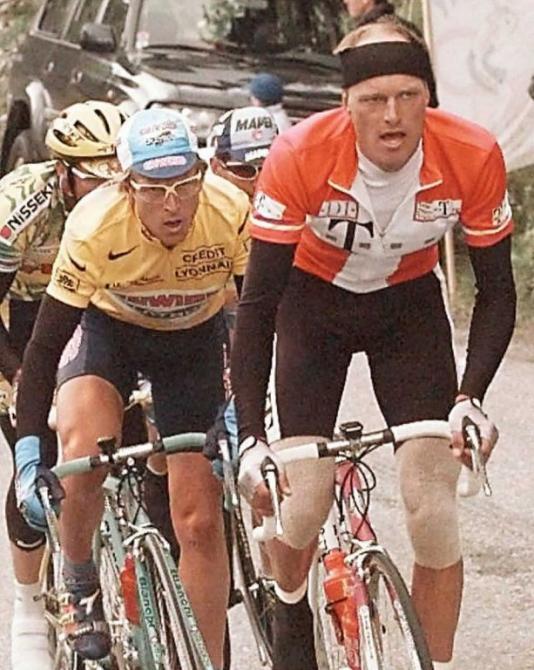
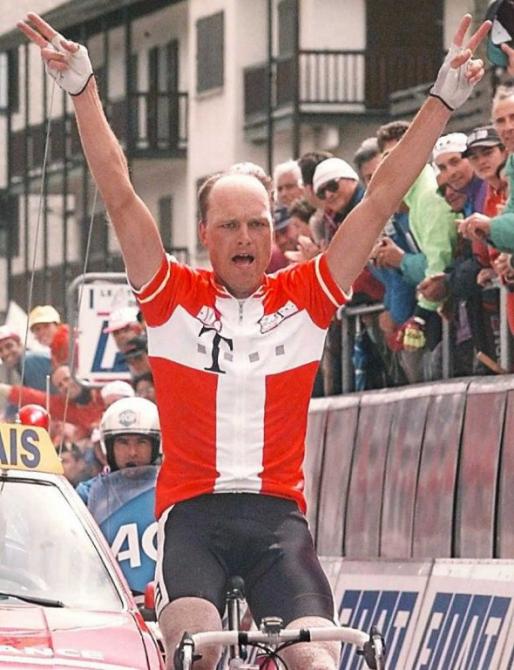
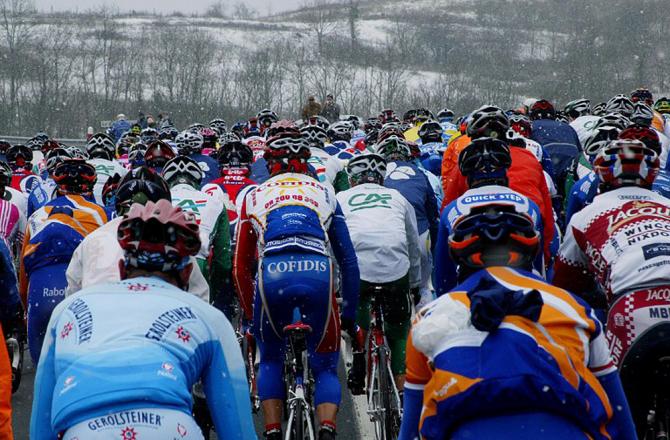
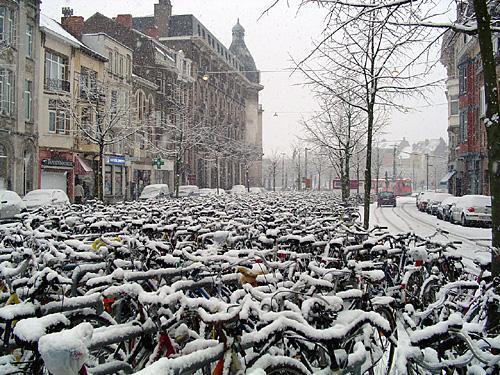
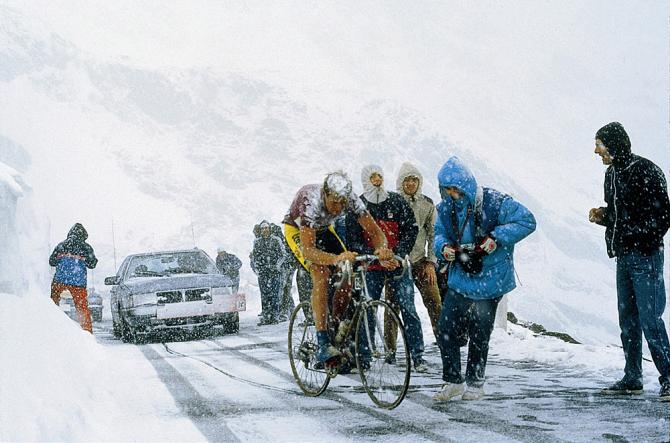

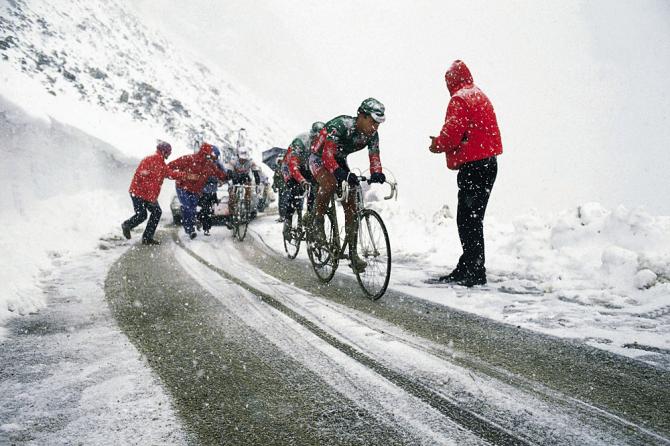
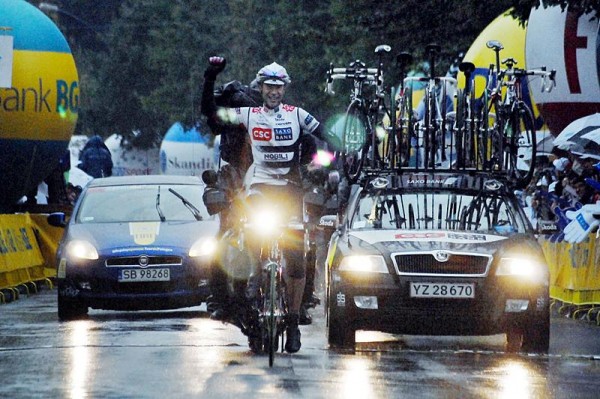
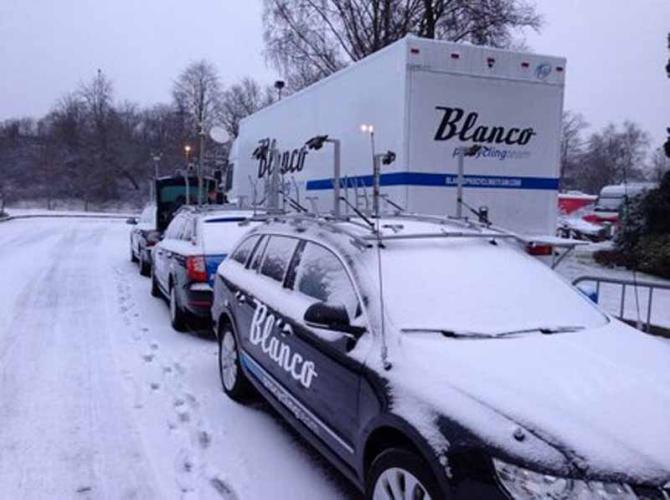
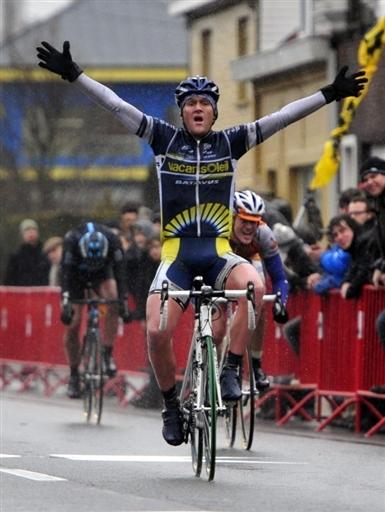
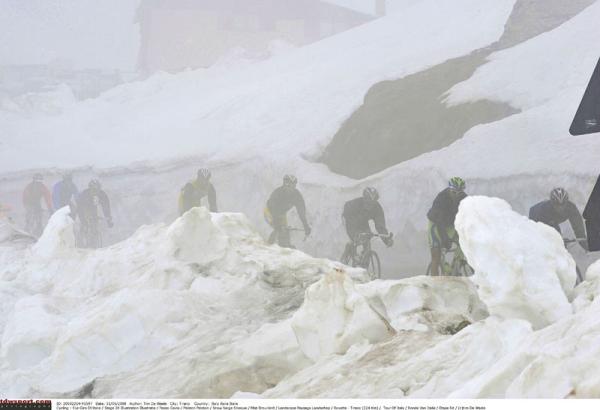
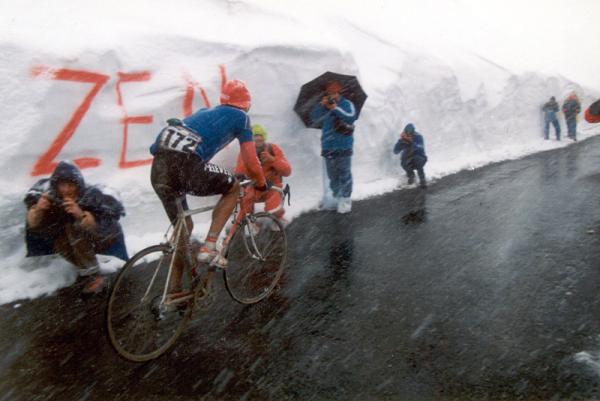
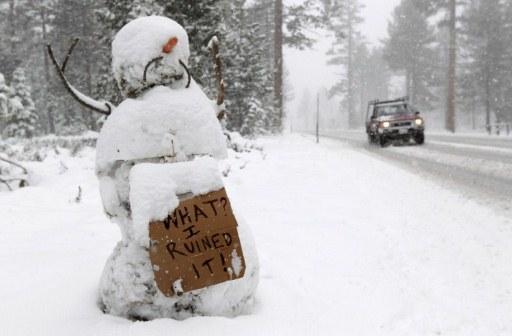
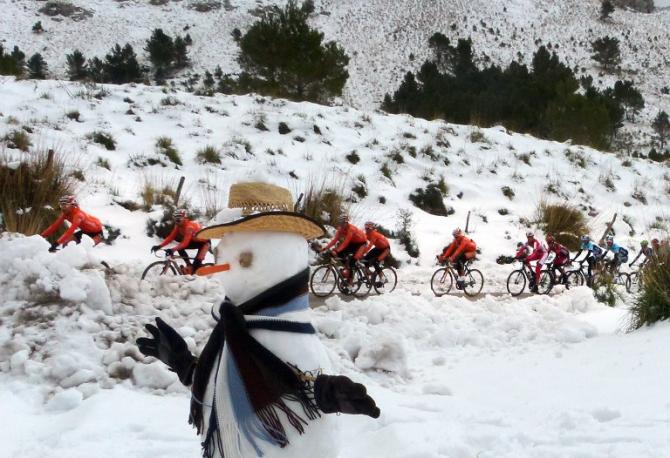
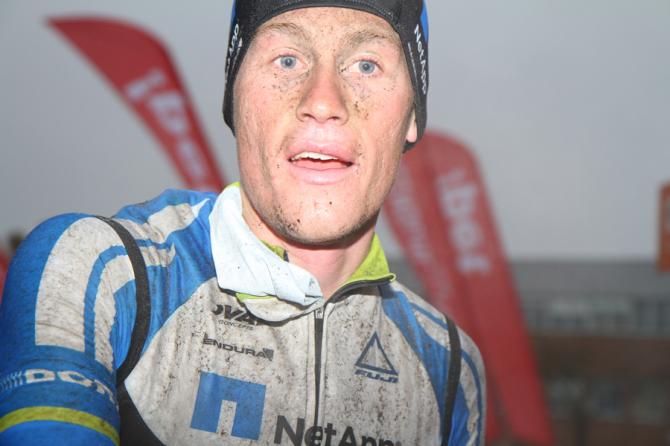
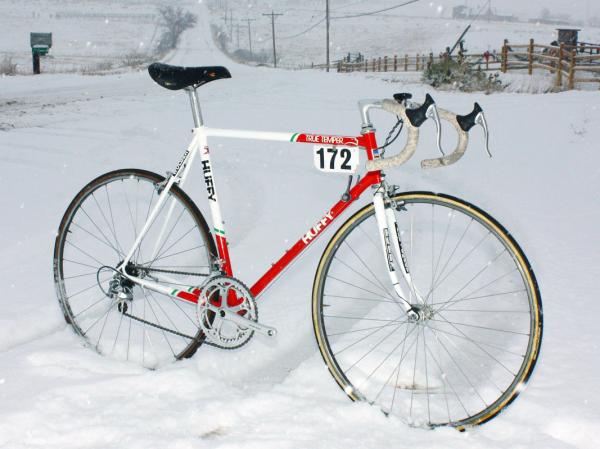
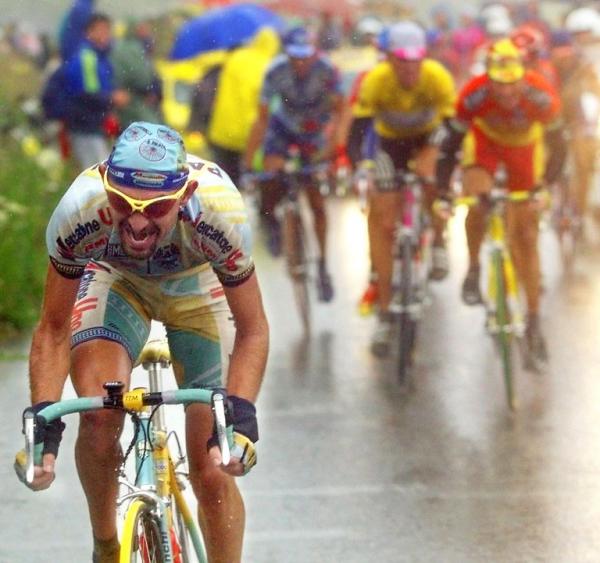
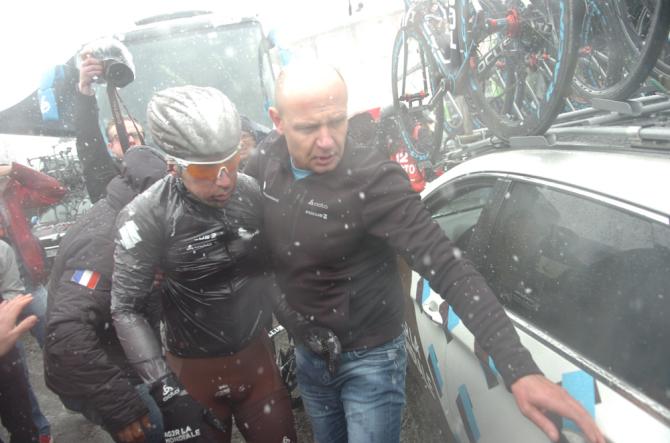
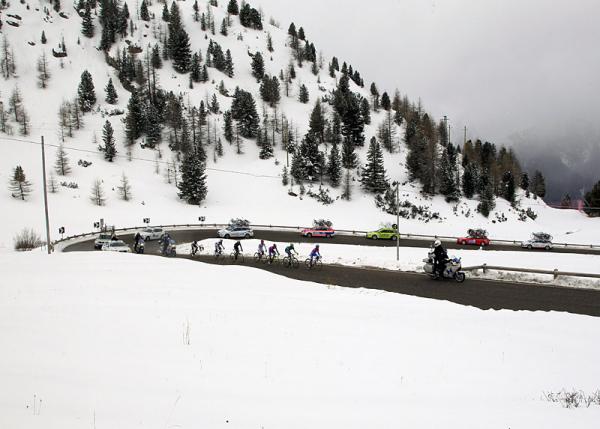
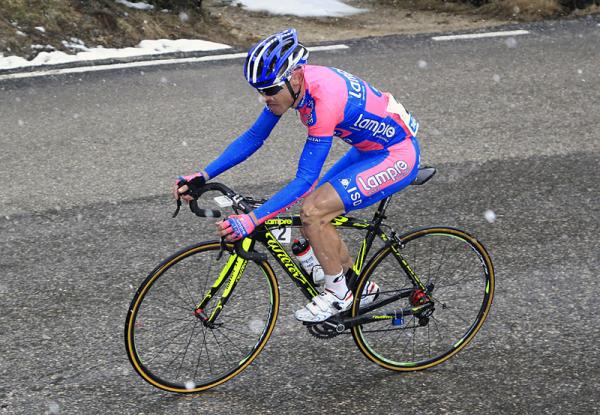
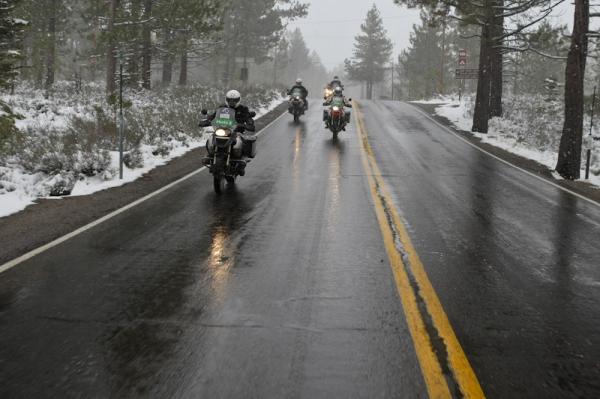
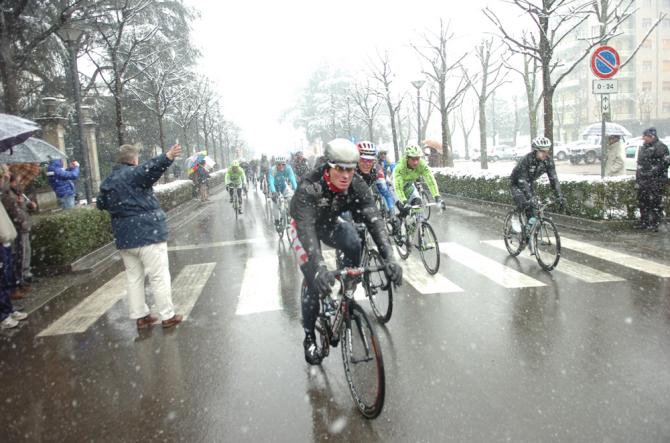
The 2013 edition of Milan-San Remo may have been the most miserable conditions some of the current pro peloton have ever been on the bike, but the snow and cold are not new to cycling. Just ask Andy Hampsten, whose exploits in the 1988 Giro d'Italia on the Gavia pass have become the first cultural reference that springs to mind when combining the nouns "bicycle" and "snow".
Most of the early-season European races have been hit by foul weather at one point or another, but this year has had an unprecedented number of races affected by ice and snow: Kuurne-Brussel-Kuurne, the Dwars door Drenthe, GP di Lugano and Nokere Koerse were all cancelled before Milan-San Remo had to lop off the Turchino Pass and some 47km from the route due to the storm.
Weather-shortened stages can prove to be some of the most exciting races: for example, the 2005 Paris-Nice took place in a similarly harsh month, and organisers were forced to cut three full stages down to size. The first, from La Chatre to Thiers was reduced from 191km with six climbs to a quick 46.5km jaunt that turned into a 53-minute long leadout for Tom Boonen.
The following day was again cut down, this time from 174km to 118 and won by another sprinter, Vicente Reynes. On the next day, three early climbs met the axe, reducing the stage from 180km to 101, leading stage-winner Fabian Cancellara to declare "this is the fastest race of my life".
In 2004, Gent, Belgium woke up to several inches of new snow, leading Het Volk (now Omloop Het Nieuwsblad) to be called off. The following day's Kuurne-Brussel-Kuurne went on as scheduled.
Kuurne-Brussel-Kuurne would have its own weather woes in 2010, when a storm called Xynthia blew through Flanders in the midst of the race, kicking up near hurricane-force wind and rain, leaving only 26 brave souls in the race. Dutch rider Bobbie Traksel scored the biggest triumph of his career, one which he attributed to being slightly over race weight. "Sometimes they say I'm fat, but in these conditions it's pretty helpful. I can deal well with this foul weather," he said.
The list of foul weather races goes on and on, as would be expected in a sport where the great outdoors is the venue. Recall Bernard Hinault's legendary ride in the 1980 Liège - Bastogne - Liège, where he plowed a lonely furrow through the snow to finish 9:24 ahead of Hennie Kuiper - only 21 made the finish. Remember Eric Vanderaerden's historic Ronde van Vlaanderen win in 1985, again only a few dozen riders were brave enough to keep riding. The list goes on.
Get The Leadout Newsletter
The latest race content, interviews, features, reviews and expert buying guides, direct to your inbox!
Are today's riders soft? Ask Jurgen Roelands, whose eyeballs froze in Omloop Het Nieuwsblad this year.
It takes special athletes with specific goals and unmitigated toughness to withstand the worst conditions possible, but it is this type of exploit that brings fame, respect and a reputation as the hard men and women of sport to cycling.